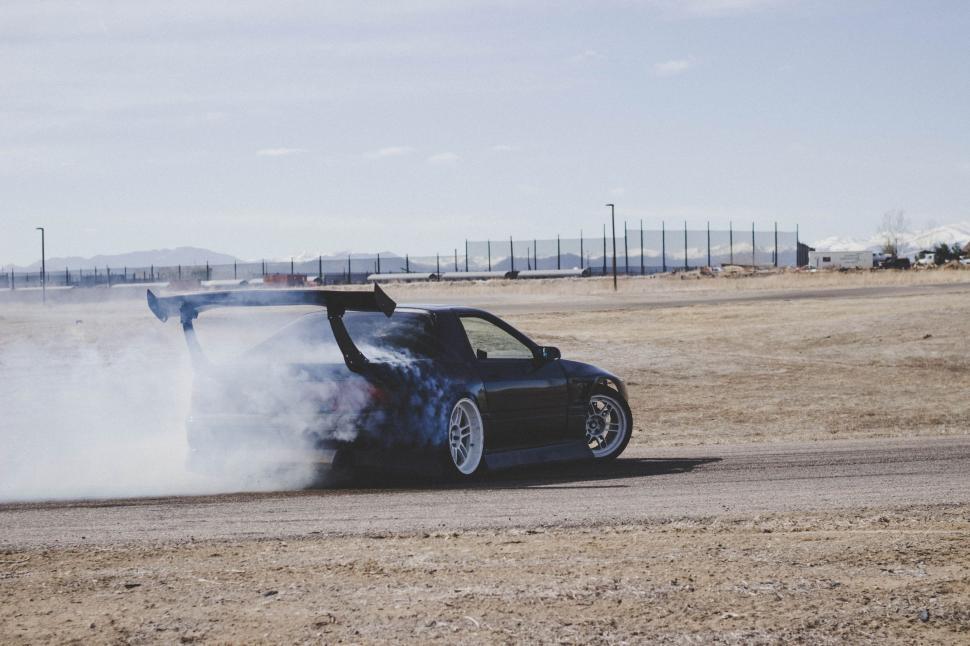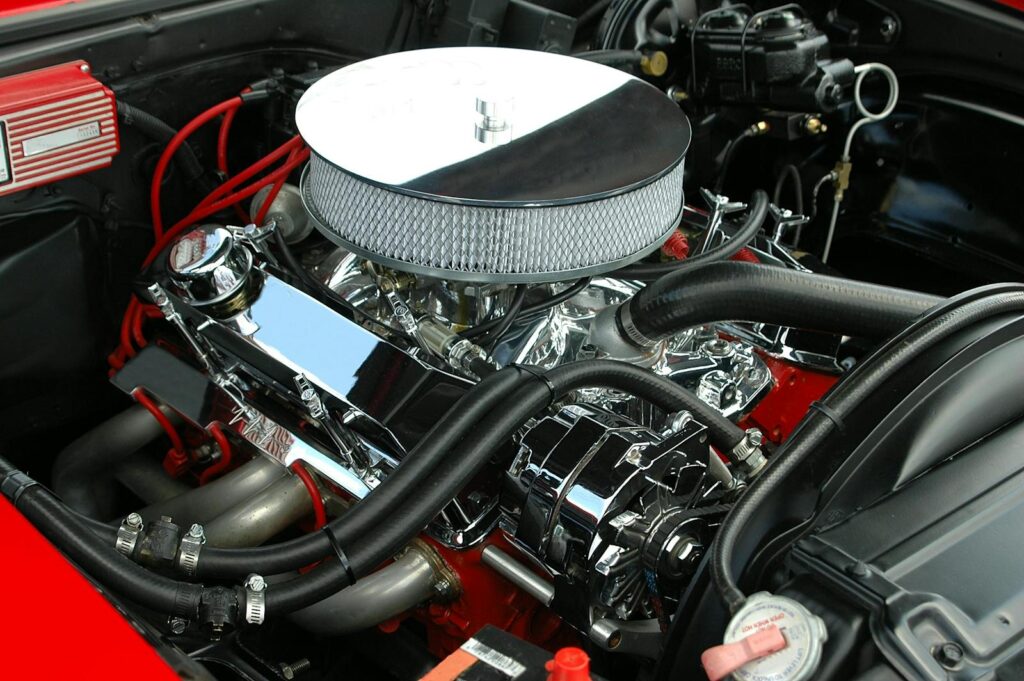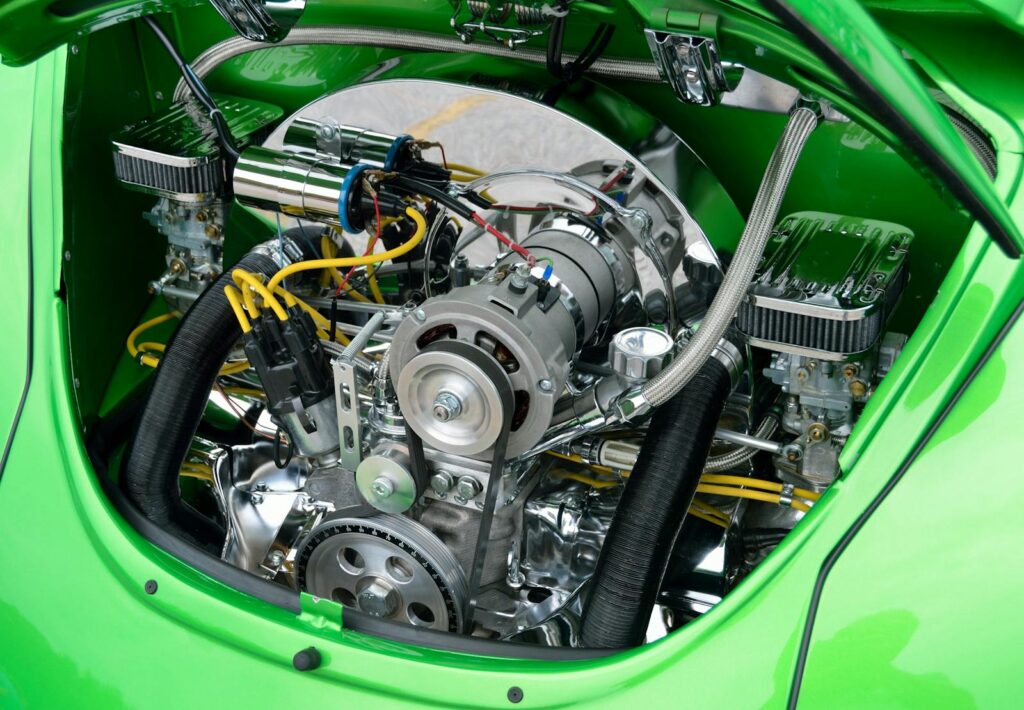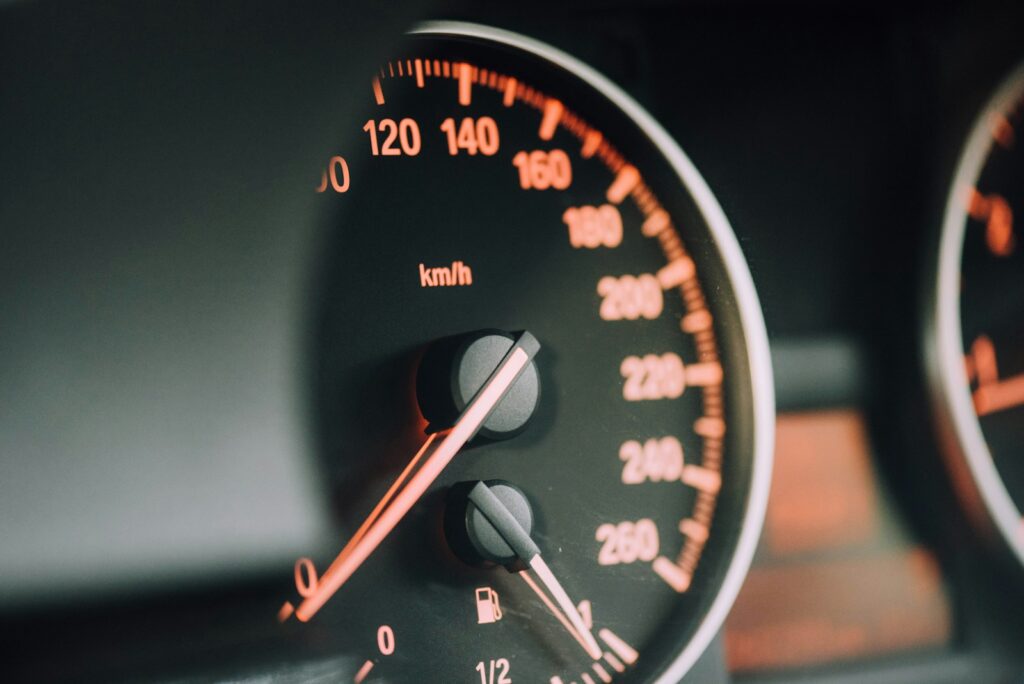
When your vehicle’s engine starts burning oil, it’s more than just a mild inconvenience; it’s a red flag that your engine could be in trouble. This isn’t just a minor issue; it indicates that your engine is consuming oil internally, which, if ignored, could lead to significant performance problems, costly repairs, or even total engine failure. The good news is that with a bit of knowledge and a keen eye, you can often catch these issues early, saving yourself a lot of headaches and money down the road.
Understanding the mechanics of your car can feel daunting, but diagnosing whether your engine is burning too much oil doesn’t require a master mechanic’s degree. We’re here to empower you with practical, actionable advice, making complex concepts accessible. By paying attention to a few key indicators and performing some simple checks, you can quickly identify potential problems and take the necessary steps to protect your engine and maintain your vehicle’s health.
In this comprehensive guide, we’ll walk you through 12 essential checks that can tell you if your engine is burning too much oil. We’ll start with the most obvious and easily observable signs, moving towards more detailed inspections. Knowing what to look for and what each symptom signifies is your first line of defense in keeping your engine running smoothly and preventing minor issues from escalating into major repairs.

1. **Visual Exhaust Check (Blue Smoke)**One of the most immediate and common signs that your engine is burning more oil than it should is blue smoke coming out of the tailpipe. This isn’t just any smoke; the distinct bluish tint indicates that oil is entering the combustion chamber and burning along with the air-fuel mixture. It’s a clear visual cue that something isn’t right internally, serving as a critical early warning.
You might notice this blue smoke most prominently at specific times. For instance, the exhaust manifold might even “belch big plumes of blue smoke when you start the car or step down hard on the gas pedal to accelerate quickly.” This is because changes in engine load or vacuum pressure can exacerbate the oil seepage. If you see this, it’s a strong indicator that oil is making its way into places it shouldn’t be.
The presence of blue smoke usually points to specific mechanical faults within the engine. Common culprits include “excess wear and tear on engine components such as piston rings, valve seals, or Positive Crankcase Ventilation (PCV) valves.” These components are designed to keep oil contained, and their degradation allows oil to slip past, directly into the combustion process. Identifying this smoke is the first powerful step in narrowing down the potential underlying issue.

2. **Strange Burning Oil Smells**Beyond visual cues, your sense of smell can also be a powerful diagnostic tool. A distinct, foul burning smell, often with “a hint of petroleum vapor to them,” can strongly indicate that your engine is starting to burn more oil than it should. This isn’t the usual smell of gasoline exhaust; it’s a specific, pungent odor that permeates the air around your vehicle or even makes its way into the cabin.
It can sometimes be challenging to differentiate between the smell of burning oil from an external leak and oil burning internally within the combustion chamber. An external leak, for example, would cause oil to drip onto hot engine components like the exhaust manifold, creating a burning smell as it vaporizes. To ferret this out, you should “look for obvious signs of an oil leak, such as drips under the car after it’s sat parked after driving or signs of black sludgy carbon deposits on the outside of the exhaust manifold.”
It’s crucial to check various common leak points for external oil seepage. You should “check for signs of an oil leak around the valve cover, drain plugs, front main oil seal, rear main oil seal, the oil pan gasket, and the oil filter housing.” If, after a thorough inspection, you can’t find any overt signs of an external oil leak, then the next logical assumption is that an internal mechanical fault is allowing excessive oil to burn in the cylinders, making the burning smell a reliable symptom of internal oil consumption.
Read more about: 15 Simple Warning Signs: How to Spot a Failing Transmission Before It Leaves You Stranded
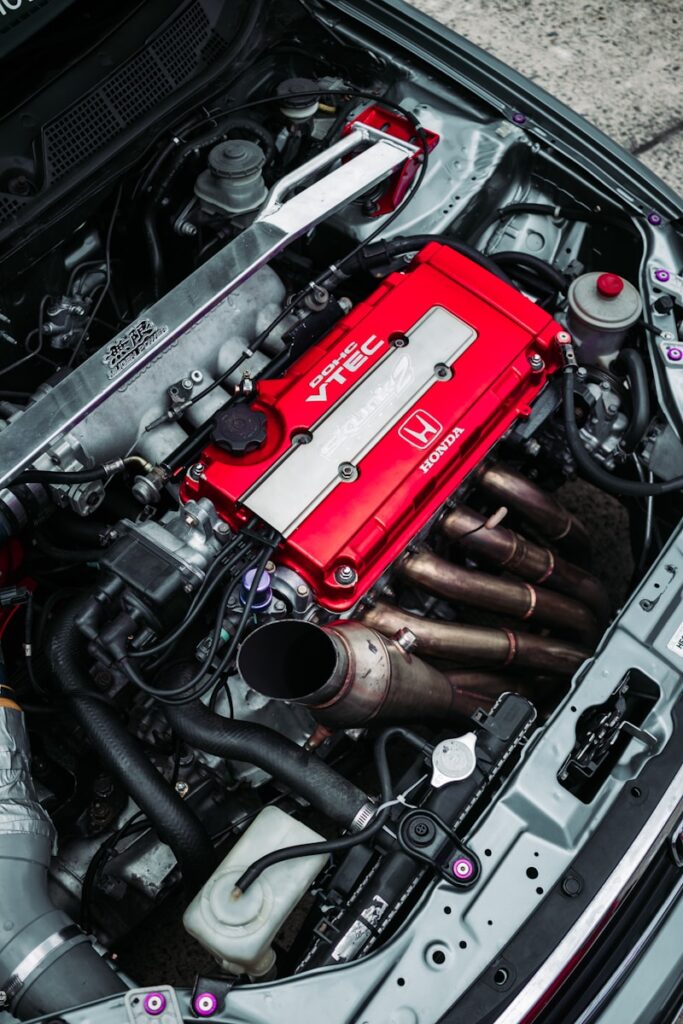
3. **The Engine Starts Running Hot**An engine that is burning excessive oil can eventually manifest in a noticeable increase in its operating temperature. As your car burns oil, the volume of lubricant decreases, which, in turn, “allows more friction between the pistons and the cylinder walls.” This increased friction generates additional heat energy that the cooling system might struggle to dissipate, causing the engine to run hotter than its usual operating temperature.
You might notice this fault slowly manifesting, especially under certain conditions. For instance, while the engine might seem normal when driving on the highway in cold weather, “when you get stuck in stop-and-go traffic or it’s a hot day, the engine temperature starts to creep up to the point that the engine is at serious risk of overheating.” The engine coolant temperature sensor sends this data to the ECU, and your dash display will show the engine running hotter than usual, alerting you to a potential problem.
It’s easy to misinterpret a hot running engine as solely a cooling system problem. However, if you’ve checked your coolant levels, confirmed the fluid is clear, and verified that the radiator fan is operating normally, yet the engine is still overheating, your focus should shift to the oil. If your oil dipstick shows significantly low levels, you’re either burning oil excessively or experiencing an unknown leak, even when the engine is cold. This high-temperature symptom underscores the critical role oil plays not just in lubrication but also in heat management.
Read more about: Beyond the Grind: 15 Proven Tricks Long-Haul Truckers Use to Master Alertness and Focus on the Road
4. **Fouled Spark Plugs**The more oil your engine burns and the hotter it runs, the more likely you are to experience problems with your spark plugs. When oil enters the combustion chamber and burns, it leaves behind carbon deposits and residue on the spark plugs. This fouling can directly lead to “engine performance issues and even dangerous misfires,” creating additional, confusing symptoms such as “rough idle and occasional misfires.”
Many DIY mechanics can mistakenly attribute these signs to an ignition coil failure. They might spend “an hour or two, testing all the coils to find out they’re all perfectly fine!” This highlights how a secondary symptom of oil burning can mask the true root cause, leading to wasted time and effort on incorrect diagnoses. The real issue, in this case, lies with the oil-contaminated plugs.
To check this yourself, you can remove one or two spark plugs. If you “pull one or two spark plugs that are badly fouled or blistered, and the ignition coil associated with it tests normal on a multi-meter,” then it tells you that your oil-burning problem lies elsewhere, and the spark plugs are simply a consequence. Even after fixing the underlying cause of the oil burning, you will likely need to replace these fouled spark plugs to restore optimal engine performance, as they are a direct symptom that needs addressing.
Read more about: Decode Your Car’s Emissions Test Failure: The 11 Most Common Reasons and How to Fix Them

5. **The Oil Warning Light or Check Engine Light Comes On**As your engine continues to burn oil unchecked, the oil pan level will eventually reach a critically low point. When this happens, “the oil warning light or the check engine light comes on” to alert you to a severe problem. This is a clear indicator that the engine’s oil supply is dangerously depleted or that the oil burning is causing other systems to malfunction, necessitating immediate attention.
When either of these warning lights illuminates due to oil burning, the wisest move is to “pull over and park the car.” Continuing to drive with critically low oil can lead to severe and irreparable engine damage. You can then arrange to “get it towed home or to the local mechanic.” For DIY enthusiasts, the check engine light will also typically “throw a code to help you dial in what’s wrong,” providing a more specific diagnostic direction.
Certain diagnostic trouble codes (DTCs) are commonly associated with prolonged oil burning. For example, “Code P0420 is a code for a catalytic converter problem that might initially seem odd.” However, it often occurs “because there is so much oil residue and carbon in the exhaust system and catalytic converter that it starts to clog, affecting the overall performance of the exhaust system.” Similarly, “Code P0401 is a generic code noting that the ECM has detected the EGR valve isn’t flowing enough recirculated exhaust gases into the intake manifold,” often due to “carbon deposits and oil residue fouling the valve.” Additionally, “Code P0524 and P0522 are triggered when the oil sensor detects that the amount of engine oil pressure is too low,” indicating that the engine has been burning oil to the point where it’s critically affecting the oil level. These codes are a “double-whammy sign” that the oil-burning problem has been left unchecked for far too long, and comprehensive action is now required.
Read more about: Unlock Your Digital Shield: 15 Essential Cybersecurity Tricks Everyone Needs to Master Today
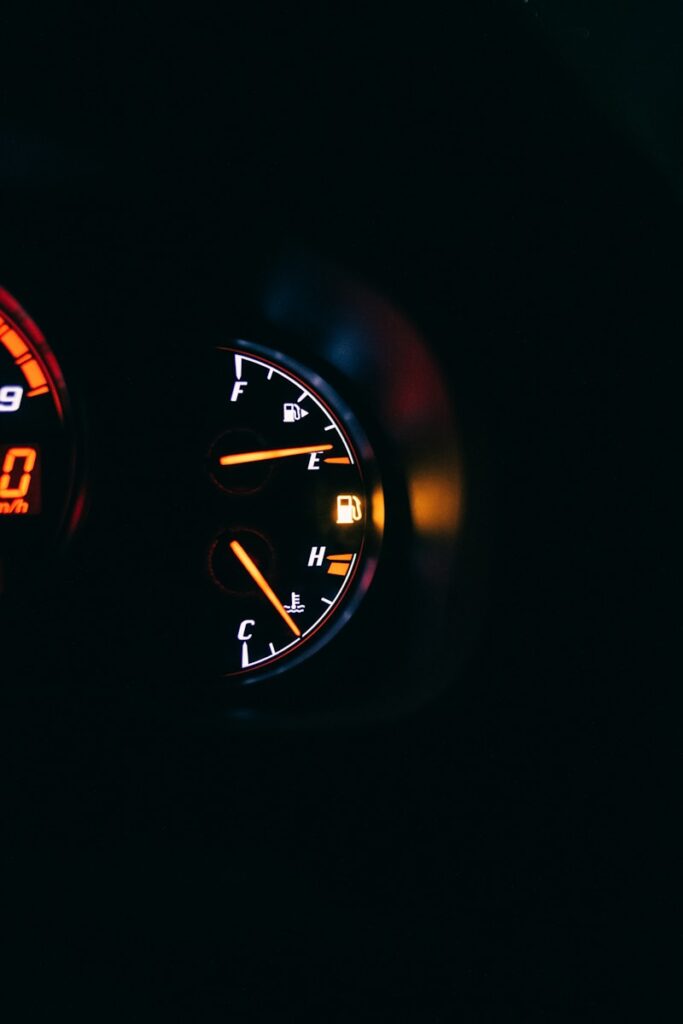
6. **Monitoring Oil Consumption (Log & Frequent Top-ups)**It’s a common misconception that engines shouldn’t burn any oil at all. In reality, “it’s natural for your car to burn a miniscule amount of oil” between oil changes. Some automakers even expect a typical engine to “burn around a quart of oil every 1,500 to 2,000 miles,” and “some high-performance engines might even burn through a quart of oil in a thousand miles.” However, a significant increase in oil consumption beyond these normal parameters is a definite red flag.
If you find yourself needing to “top up your oil more frequently” than usual, or if you notice “higher oil usage without visible leaks,” these are strong indicators that your engine is burning oil excessively. Simply topping off the oil isn’t a solution; it’s a temporary measure that signals an underlying problem. This symptom is particularly important because it’s a quantitative measure that can be easily tracked and verified by any driver.
To effectively monitor this, you should “track oil level every 500 miles” using an oil consumption log. This helps you “spot patterns in oil loss” and determine if the consumption is indeed abnormal. A sudden or noticeable increase in oil usage, especially “after an oil change,” could also point to an issue like using the “wrong viscosity or type of oil.” Regular checks and consistent logging can provide invaluable data to help diagnose the issue before it escalates into something much more serious.
Building on those initial observations, let’s now dive deeper into more specific performance issues and advanced diagnostic methods that can pinpoint exactly why your engine might be consuming too much oil. These checks move beyond simple visual cues, guiding you towards understanding the underlying mechanical faults that necessitate professional attention or more involved DIY repairs.
7. **Poor Acceleration or Performance**When your engine starts burning excessive oil, one of the most frustrating symptoms you might experience is a noticeable drop in overall acceleration and performance. Your vehicle might feel sluggish, lacking its usual responsiveness, especially when you try to accelerate quickly or climb a hill. This isn’t just a minor inconvenience; it’s a tangible sign that the engine’s internal efficiency is compromised.
The link between burning oil and poor performance is quite direct. When oil enters the combustion chamber and burns, it reduces the effectiveness of the air-fuel mixture, leading to incomplete combustion. This can cause a reduction in engine efficiency, power loss, and even misfires, all of which contribute to that feeling of diminished performance. You might notice the engine struggling more than usual to maintain speed or pick up pace.
This symptom is often tied to underlying issues like “worn piston rings,” which are crucial for sealing the combustion chamber and maintaining proper compression. If these rings fail, you’ll experience a “loss of compression and power,” directly translating to a weaker engine. Similarly, issues with a “turbocharger” can manifest as “decreased engine power or boost levels” alongside oil burning, signaling a critical mechanical fault within that system.
If your car suddenly feels less peppy, requiring more pedal input for the same output, and you’re also noticing other signs of oil burning, it’s time to consider the internal health of your engine. Addressing this isn’t just about restoring performance; it’s about preventing further damage to vital components that depend on efficient combustion and proper lubrication.
Read more about: Unlock Your Potential: 10 Essential Exercises to Power Up Your Golf Swing and Transform Your Game
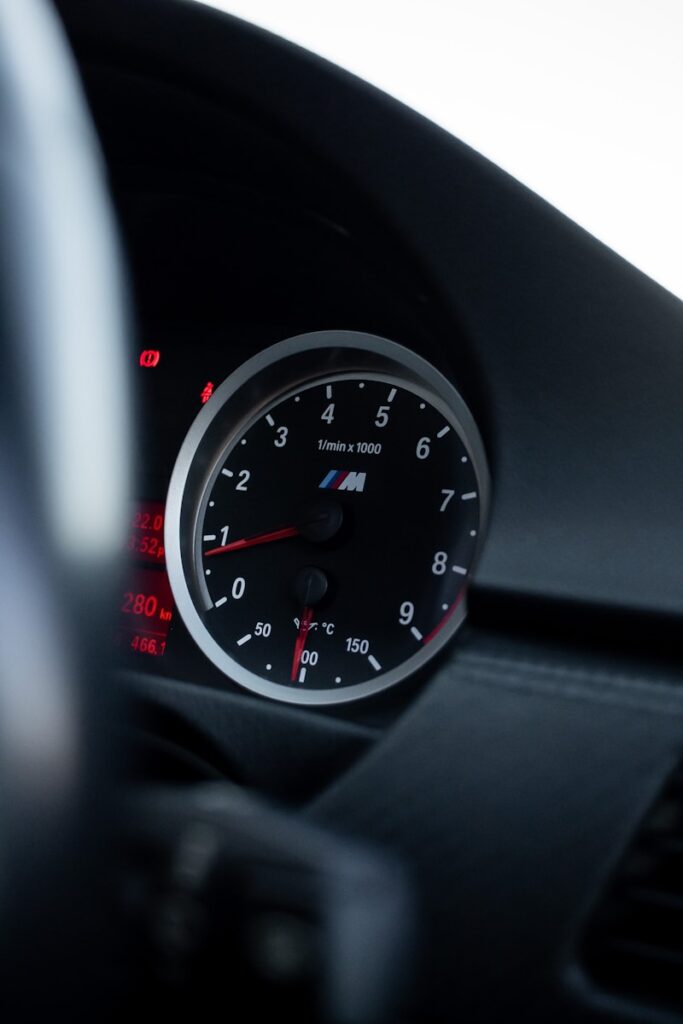
8. **Rough Idling**Beyond a general loss of power, an engine burning too much oil can frequently lead to a rough or inconsistent idle. This means that when your car is stopped and the engine is running, you might feel a noticeable shaking, vibration, or an uneven engine note. This isn’t just an annoyance; it’s a clear indication that one or more cylinders might not be firing correctly due to oil contamination.
The root cause of a rough idle when an engine is burning oil often lies with the spark plugs and the combustion process. As oil seeps into the combustion chambers and burns, it leaves behind deposits on the spark plugs. This “fouling” can disrupt the spark, leading to “engine misfires or rough idling.” A consistently rough idle, especially when accompanied by other oil-burning symptoms, suggests that oil is interfering with the engine’s ability to maintain a smooth, steady operation.
Other components can also contribute to a rough idle when oil burning is present. For instance, “a malfunctioning PCV system can cause excessive oil consumption and lead to increased emissions,” which in turn can lead to “engine misfires or rough idling.” Similarly, “damaged valve seals and worn-out guides” are notorious for causing “misfires, poor acceleration, and a very rough idle.” All these scenarios point to oil being where it shouldn’t be, impacting combustion.
While a rough idle can stem from various issues, when paired with other signs like blue smoke or frequent oil top-ups, it strongly implicates excessive oil burning. It’s a persistent symptom that warrants investigation to prevent further degradation of engine components and restore smooth, reliable operation.
Read more about: Beyond the Shine: 12 Underestimated Car Title Brands That Every Smart Buyer Needs to Know Before Driving Off

9. **Unusual Oil Characteristics on the Dipstick**Monitoring your oil level with the dipstick is a fundamental check, but the *appearance* of the oil on that dipstick can provide even more crucial diagnostic clues. It’s not just about how much oil is there; it’s about what it looks like. Unusual oil characteristics can signal severe internal problems, especially if oil is mixing with other fluids or being aerated improperly.
One such tell-tale sign is “foamy oil or high readings on the dipstick.” If you notice that your oil appears foamy or frothy, it often indicates aeration, which can occur if the engine has been “overfilled with oil.” Too much oil can cause the crankshaft to churn it into a foam, severely reducing its lubricating properties and potentially damaging internal engine components. This condition suggests that oil is being agitated excessively, often in ways that lead to it being burned.
Another critical visual cue is oil that looks like “chocolate milk” or appears sludgy. This discoloration is a classic symptom of coolant mixing with your engine oil, a primary indicator of “a blown head gasket.” A damaged head gasket can allow both oil and coolant to infiltrate the combustion chamber, leading to their mixture in the crankcase. This combination of burning oil and mixing fluids creates a dangerous scenario that quickly escalates to severe engine damage if ignored.
Regularly pulling your dipstick should include a quick visual inspection of the oil’s color and consistency, not just its level. Any deviation from the typical clear or golden-brown appearance (darkening over time is normal, but frothing or milky appearance is not) demands immediate attention. These visual characteristics are powerful, non-invasive diagnostic tools that can help you identify serious underlying issues before they become catastrophic.
Read more about: Consumer Alert: 14 Critical Mistakes That Are Secretly Killing Your Car’s Transmission

10. **Turbo-Related Smoke or Issues**For vehicles equipped with a turbocharger, additional diagnostic considerations come into play, as the turbo itself can be a significant source of oil burning. Turbochargers rely heavily on engine oil for both lubrication and cooling, and their internal seals are susceptible to failure. When these seals degrade, oil can leak into the turbocharger’s intake or exhaust side, leading to distinct symptoms of oil consumption.
A key indicator of a failing turbocharger seal is “smoke during acceleration or when the turbo spools.” You might notice a puff of blue or black smoke as the turbocharger kicks in, especially when you press hard on the gas pedal. This happens because the leaking oil is immediately burned as it enters the hot exhaust or intake stream. This smoke is often more prominent under specific driving conditions compared to constant blue smoke from worn piston rings.
Beyond visible smoke, a compromised turbocharger will often present with other noticeable performance issues. You may experience “decreased engine power or boost levels,” as the turbo isn’t operating efficiently. Furthermore, a leaking turbo seal can cause “a high-pitched whistling or whining sound,” which indicates that the bearings are being affected by oil getting into the system. You might even find “excess oil in the intercooler piping or the turbo inlet” during a visual inspection, confirming an internal turbo leak.
Diagnosing turbo-related oil burning is crucial, as “turbo seal failure not only increases oil consumption but can also damage the turbocharger itself, leading to expensive repairs.” If you notice a combination of smoke under load, reduced power, or unusual noises from your turbo, it’s a strong signal that the turbocharger needs immediate attention to prevent more extensive and costly damage down the line.
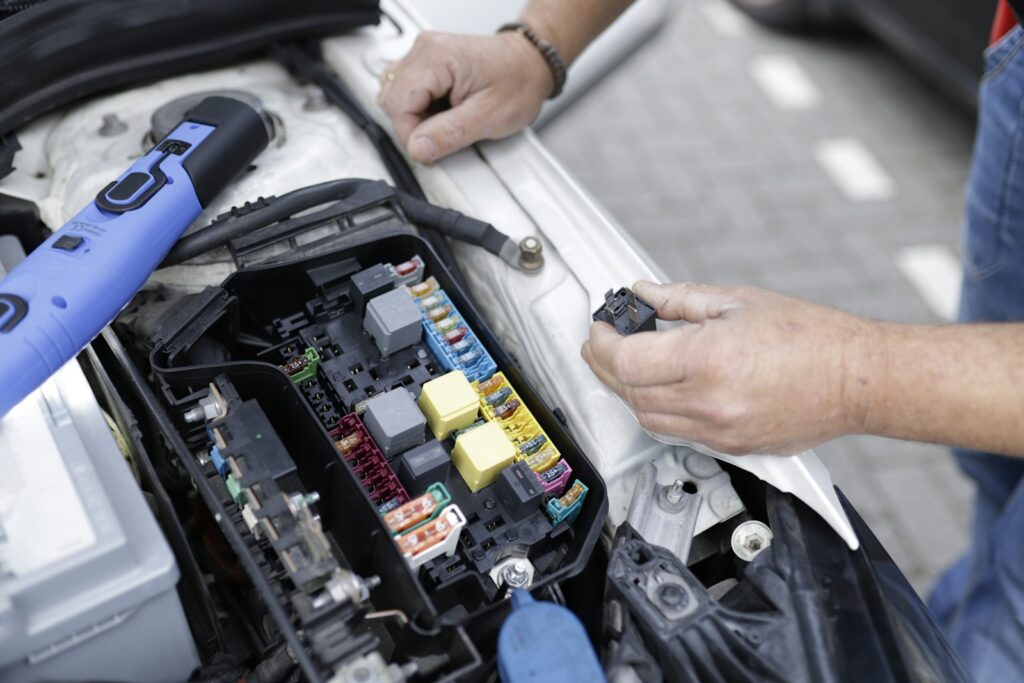
11. **Compression Issues (Worn Piston Rings & Valve Seals)**At the heart of many oil-burning problems lie fundamental compression issues within the engine’s cylinders, primarily stemming from worn piston rings or degraded valve seals. These components are vital for maintaining the integrity of the combustion chamber, and their failure directly allows oil to bypass its intended pathways and enter the burning process. Understanding their role is key to comprehensive diagnosis.
“Piston rings play a critical role in sealing the combustion chamber, regulating oil consumption, and maintaining engine compression.” Your car typically has three types of rings: the compression ring, the wiper ring, and the oil control ring. If any of these “wear out due to constant friction and heat,” they can no longer seal effectively. This allows oil to slip past the piston into the combustion chamber, where it burns, leading to increased oil consumption and visible blue smoke, especially “during acceleration.”
Similarly, “valve seals prevent oil from leaking into the combustion chamber through the valves.” These rubber seals can “harden, crack, or shrink with age and heat exposure.” When they fail, oil drips down the valve stems into the combustion chamber. This type of oil burning is particularly noticeable “during engine startup or idling, when vacuum pressure is highest,” often indicated by blue smoke at these specific times.
To definitively diagnose these compression-related issues, a “compression test” is an invaluable tool. By measuring the compression in each cylinder, mechanics can detect “worn piston rings or valve issues,” confirming if these internal components are the culprits behind your engine’s oil-burning habit. Addressing these components, while labor-intensive, is often the most direct path to resolving significant oil consumption.
The consequence of worn piston rings and valve seals extends beyond just burning oil; they “reduce engine efficiency,” contribute to “power loss,” and can cause “rough idling.” These fundamental mechanical issues compromise the very core function of your engine, making accurate diagnosis and timely repair essential for restoring optimal performance and longevity.
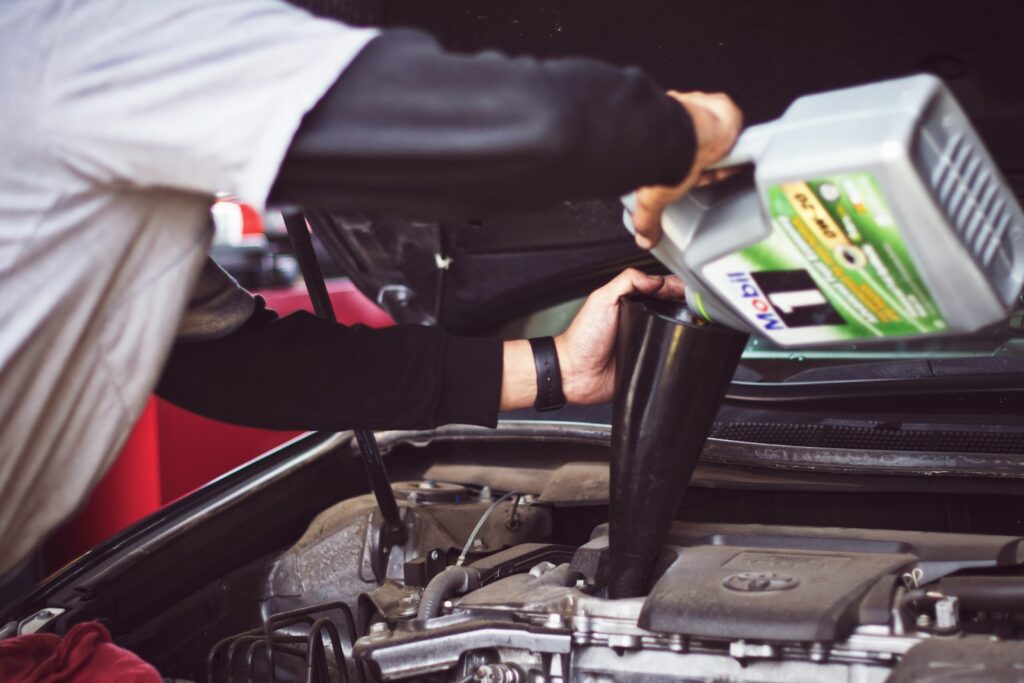
12. **PCV System Inspection and Failure**Often overlooked but incredibly important, the Positive Crankcase Ventilation (PCV) system is designed to manage gases within your engine’s crankcase and recycle them. A failure in this system, specifically a clogged or faulty PCV valve, can be a surprisingly common and easily fixable cause of excessive oil burning. It’s a critical component for both engine health and emissions control.
The PCV system works by releasing pressure from the engine’s crankcase and recycling “blow-by gases back into the intake system.” If “the PCV valve gets clogged or fails,” it can create a vacuum imbalance that “can cause oil to be sucked into the intake manifold, where it is then burned in the engine.” This leads to increased oil usage without external leaks and can even contribute to “engine misfires or rough idling.”
Diagnosing a bad PCV valve can be a straightforward DIY task. You can “start the car and let the engine reach operating temperature.” Then, “carefully remove the PCV hose and place your finger over the end to block it completely.” You should feel “a small amount of vacuum suction,” and the engine RPMs might drop slightly. If there’s no suction or engine response, the valve is likely clogged. Also, “look at the end of the hose for carbon deposits,” which are a tell-tale sign of a problem. Additionally, “Code P0171 and P0174” can indicate PCV valve performance issues.
If your inspection points to a clogged or worn PCV valve, the good news is that replacement is usually simple and inexpensive. Most automakers recommend replacing PCV valves every 30,000 to 50,000 miles, considering them maintenance items. The part cost is typically “less than $20,” and a modestly capable DIY mechanic can often replace it by locating the valve, disconnecting hoses, turning it counterclockwise to remove, and then installing the new one. After replacement, clear any codes and take the car for a test drive to ensure the issue is resolved. If the engine is still rough, check the spark plugs for fouling, as oil burning from a bad PCV valve often impacts them too.
Read more about: Decode Your Car’s Emissions Test Failure: The 11 Most Common Reasons and How to Fix Them
Ultimately, understanding and acting on these advanced indicators and diagnostic tests is paramount for any car owner. From subtle changes in acceleration to distinct visual cues on your dipstick, each symptom provides a piece of the puzzle. Whether it’s diagnosing a failing turbo, pinpointing worn piston rings, or simply replacing a clogged PCV valve, proactive identification and repair are your best defense against minor oil-burning issues escalating into catastrophic engine failures. By empowering yourself with this knowledge, you not only save money but also ensure your vehicle remains a reliable partner on the road for years to come. Protecting your engine’s internal health is one of the most vital aspects of vehicle ownership, and these checks offer a comprehensive pathway to achieving just that.

